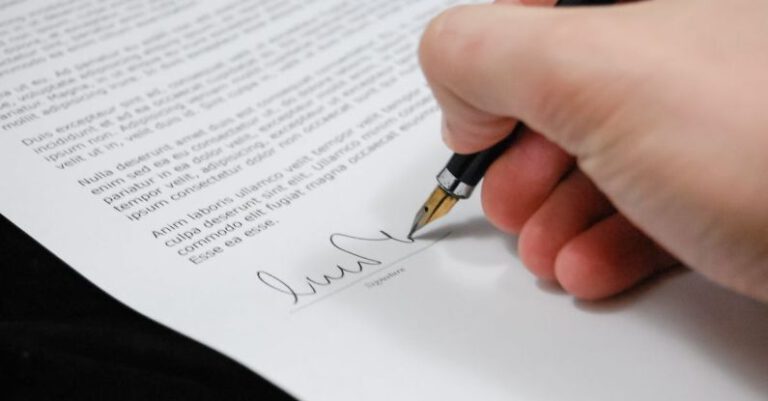What Are the Techniques for Installing Tape Art on Uneven Surfaces

Tape art is a versatile and creative way to add visual interest to any space, but when it comes to installing tape art on uneven surfaces, there are specific techniques that can help ensure a successful outcome. Uneven surfaces can present challenges when it comes to achieving a smooth and clean tape art installation, but with the right approach, you can create stunning tape art designs that enhance the look of any room. In this article, we will explore some effective techniques for installing tape art on uneven surfaces.
**Choosing the Right Type of Tape**
When it comes to installing tape art on uneven surfaces, the type of tape you choose can make a big difference in the final result. For uneven surfaces, it is recommended to use a high-quality painter’s tape that is flexible and can adhere well to different textures. Avoid using tapes that are too rigid, as they may not conform to the uneven surface properly, leading to gaps and uneven lines in your tape art design.
**Preparing the Surface**
Before applying tape art to an uneven surface, it is essential to properly prepare the area to ensure that the tape adheres well and the design looks clean and polished. Start by cleaning the surface thoroughly to remove any dust, dirt, or debris that could interfere with the tape’s adhesion. If the surface is particularly uneven or rough, consider using a primer or base coat to create a smoother base for the tape art.
**Creating a Template**
One effective technique for installing tape art on uneven surfaces is to create a template of your design before applying the tape. This can help you visualize how the design will look on the uneven surface and make any necessary adjustments before committing to the final installation. Use a pencil or chalk to outline your design on the surface, making any necessary modifications to accommodate the unevenness of the surface.
**Using Small Pieces of Tape**
When working with uneven surfaces, it can be helpful to use smaller pieces of tape rather than long strips. This allows you to navigate around bumps, dips, and other irregularities more easily, resulting in a cleaner and more professional-looking tape art design. Cut the tape into smaller segments and apply them strategically to follow the contours of the uneven surface.
**Layering Techniques**
Layering tape is another effective technique for installing tape art on uneven surfaces. By applying multiple layers of tape in different directions, you can create a more dynamic and visually interesting design that can help mask the unevenness of the surface. Experiment with overlapping tape strips or creating geometric patterns to add depth and dimension to your tape art installation.
**Sealing the Tape Art**
Once you have completed your tape art design on an uneven surface, it is essential to seal the tape to ensure its longevity and durability. Apply a clear sealant or varnish over the tape art to protect it from peeling, fading, or becoming damaged over time. This will also help to secure the tape in place and prevent it from lifting or shifting on the uneven surface.
**Incorporating Textures**
Embracing the unevenness of the surface can also be a creative way to enhance your tape art design. Consider incorporating textures or patterns that complement the uneven surface, such as using different colors or types of tape to create a visually dynamic and engaging tape art installation.
**Enhancing with Lighting**
Lastly, consider how lighting can enhance your tape art installation on an uneven surface. Strategic lighting can help highlight the contours and textures of the surface, adding depth and dimension to your tape art design. Experiment with different lighting angles and intensities to create a visually striking display that makes the most of the uneven surface.
**In Summary**
Installing tape art on uneven surfaces requires a thoughtful and strategic approach to ensure a successful outcome. By choosing the right type of tape, preparing the surface properly, creating a template, using small pieces of tape, employing layering techniques, sealing the tape art, incorporating textures, and enhancing with lighting, you can create stunning tape art designs that make the most of the unique characteristics of the uneven surface. With these techniques in mind, you can transform any uneven surface into a captivating canvas for your tape art creations.





